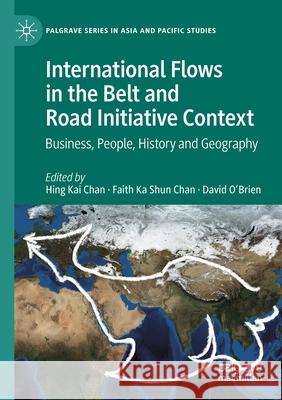International Flows in the Belt and Road Initiative Context: Business, People, History and Geography » książka
topmenu
International Flows in the Belt and Road Initiative Context: Business, People, History and Geography
ISBN-13: 9789811531354 / Angielski / Miękka / 2021 / 299 str.
International Flows in the Belt and Road Initiative Context: Business, People, History and Geography
ISBN-13: 9789811531354 / Angielski / Miękka / 2021 / 299 str.
cena 524,53
(netto: 499,55 VAT: 5%)
Najniższa cena z 30 dni: 501,19
(netto: 499,55 VAT: 5%)
Najniższa cena z 30 dni: 501,19
Termin realizacji zamówienia:
ok. 22 dni roboczych.
ok. 22 dni roboczych.
Darmowa dostawa!
Kategorie:
Kategorie BISAC:
Wydawca:
Palgrave MacMillan
Seria wydawnicza:
Język:
Angielski
ISBN-13:
9789811531354
Rok wydania:
2021
Wydanie:
2020
Numer serii:
000904283
Ilość stron:
299
Waga:
0.41 kg
Wymiary:
21.01 x 14.81 x 1.8
Oprawa:
Miękka
Wolumenów:
01
Dodatkowe informacje:
Wydanie ilustrowane











